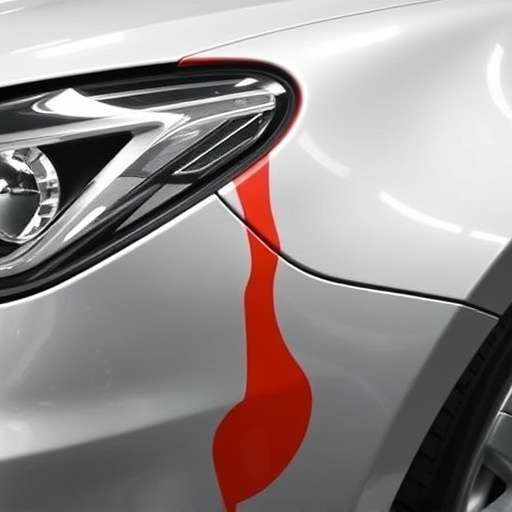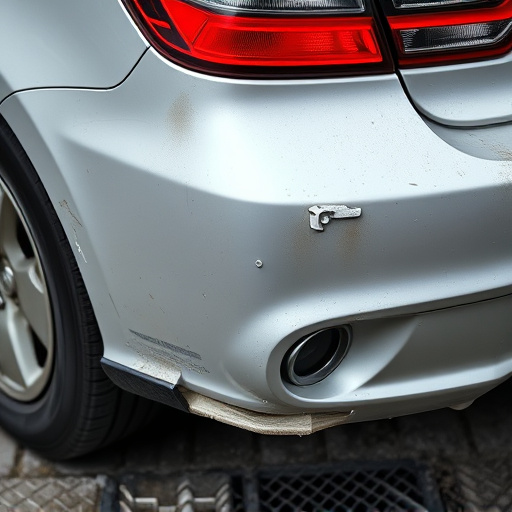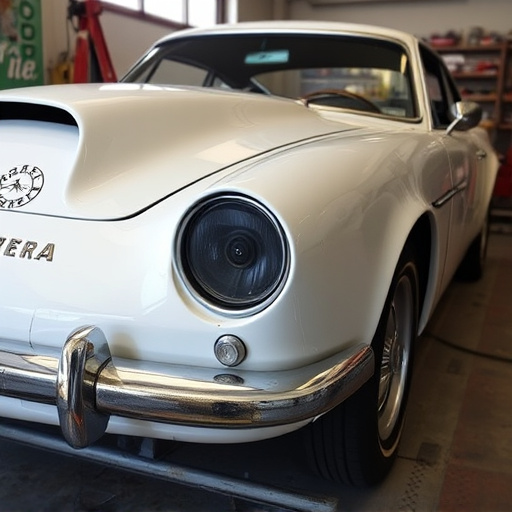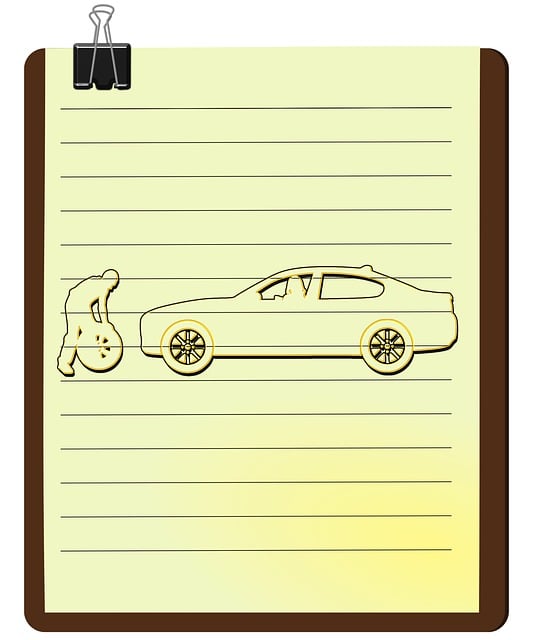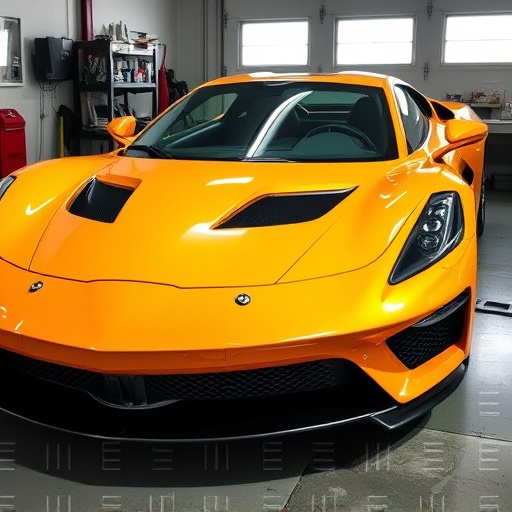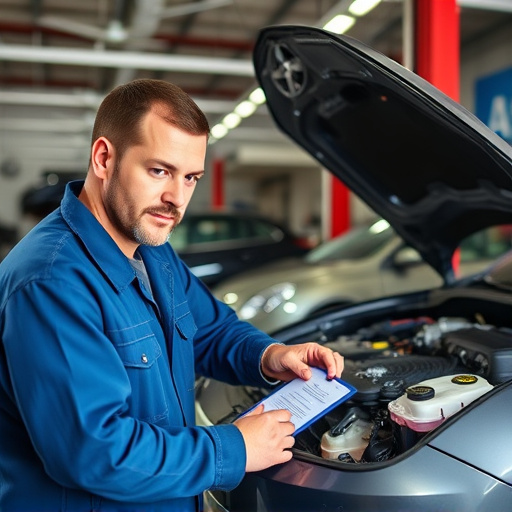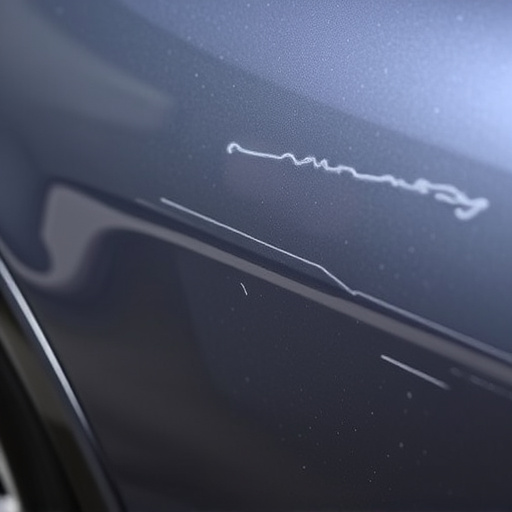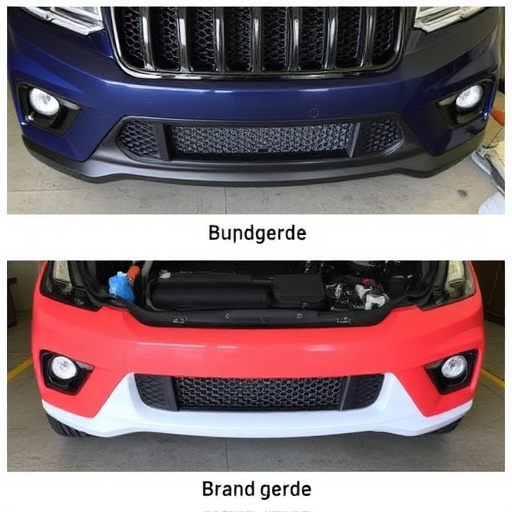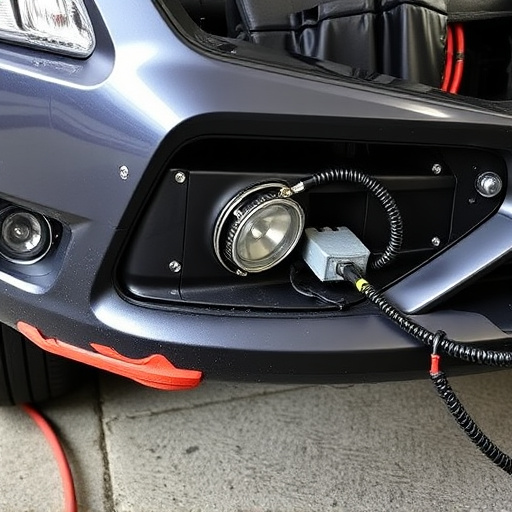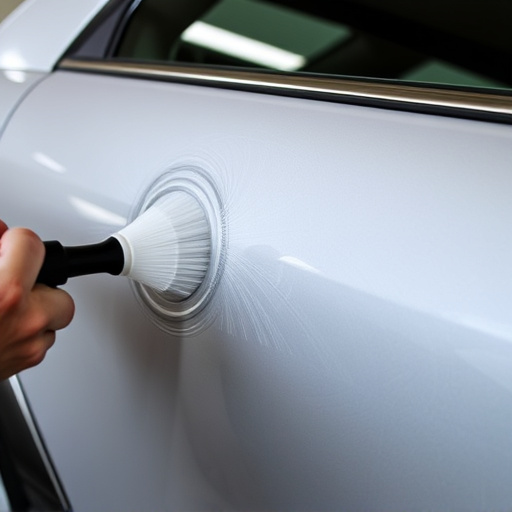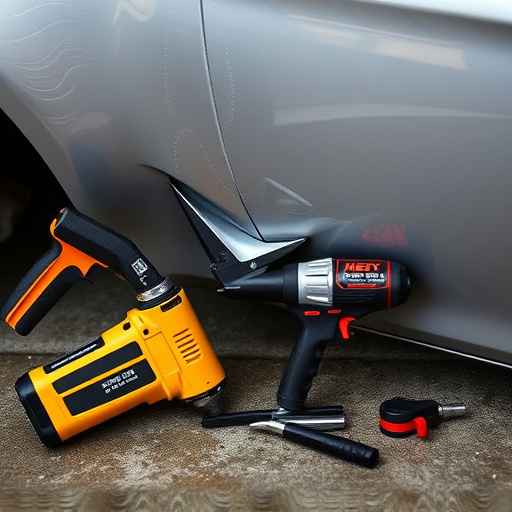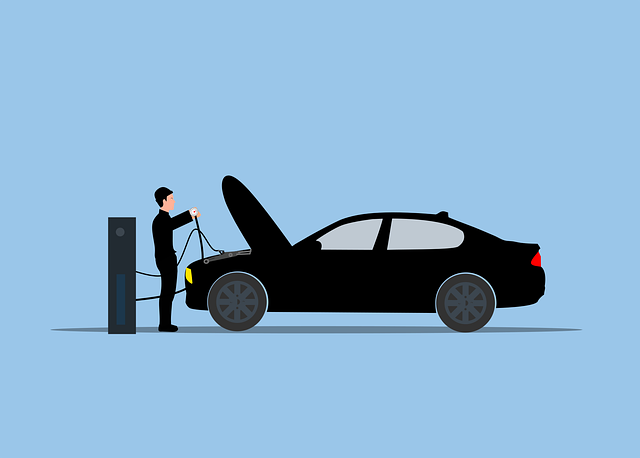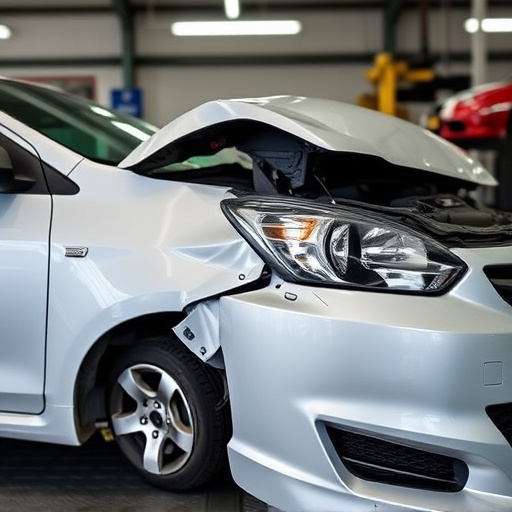Bumper crack repair involves cleaning, reshaping, undercoating, and painting to restore structural integrity and aesthetic appeal. Post-repair challenges include potential repainting due to surrounding area affectation and ensuring durability in harsh conditions. To maximize longevity, start with meticulous preparation, use high-quality primer and paint, and perform regular maintenance, saving future repairs.
Repainting is often a necessary step after repairing a cracked bumper, as it ensures both aesthetic appeal and long-lasting protection. This article delves into the intricacies of the bumper crack repair process, exploring common challenges post-repair and offering solutions for optimal results. We also provide effective strategies to enhance the longevity of repainted bumpers, ensuring your vehicle’s front end looks as good as new. Understanding these key aspects is crucial for successful bumper crack repairs.
- Understanding Bumper Crack Repair Process
- Common Challenges Post-Repair and Solutions
- Effective Strategies for Longevity of Repainted Bumpers
Understanding Bumper Crack Repair Process
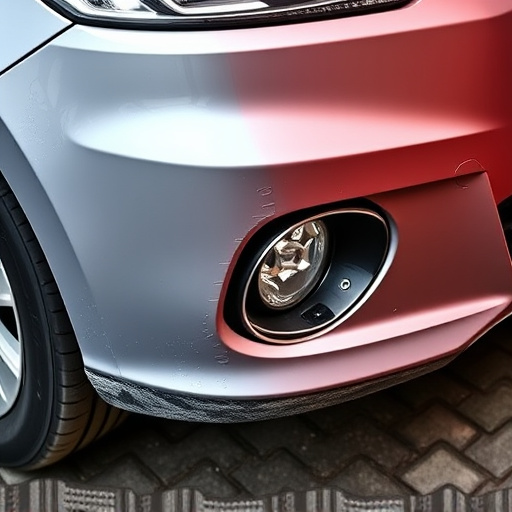
The process of bumper crack repair is a delicate art in the realm of automotive repair services. It involves several steps to ensure the crack is effectively mended and seamlessly integrated with the vehicle’s existing finish. Initially, the damaged area is thoroughly cleaned and prepared, removing any debris or old paint. This meticulous step is crucial for achieving a strong bond between the new paint and the repaired bumper.
Once ready, a specialized technician will use either manual tools or advanced equipment to carefully reshape and rebuild the damaged portion of the bumper. After this, an undercoat is applied to provide extra protection and ensure the repair’s longevity. Finally, a layer of topcoat paint, often matching the vehicle’s original color, is diligently applied, resulting in a seamless and visually appealing restoration. This process requires expertise from a qualified automotive body shop to guarantee the bumper’s structural integrity and aesthetic appeal.
Common Challenges Post-Repair and Solutions
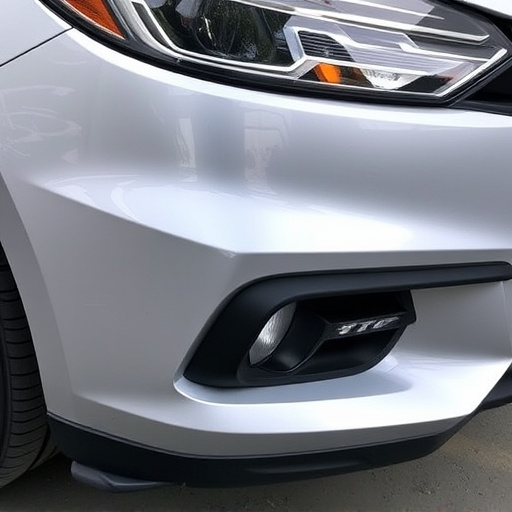
After completing bumper crack repair, several common challenges can arise that require attention to ensure a flawless finish. One significant issue is the potential need for repainting. Even with meticulous repair work, the surrounding areas may have been affected by the crack, leading to minor variations in color or texture compared to the rest of the bumper. This can result in an uneven appearance once the repair is complete. To mitigate this, it’s crucial to use high-quality paint that matches the vehicle’s original finish perfectly and apply several thin layers for a smooth, uniform coat.
Another challenge is ensuring the durability of the repair. Bumper crack repairs, especially in harsh weather conditions or areas prone to hail damage repair, can be susceptible to future cracks or peeling. To combat this, proper surface preparation is key. This includes sanding and cleaning the repaired area to remove any contaminants before applying primer and paint. Additionally, using automotive-grade adhesives and filling materials designed for high-impact areas can significantly enhance the longevity of the repair, making it comparable to vehicle dent repair standards.
Effective Strategies for Longevity of Repainted Bumpers
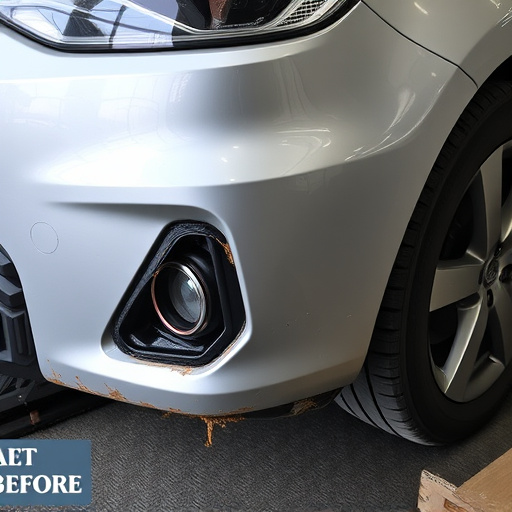
To ensure the longevity of repaint on your bumper following crack repair, several effective strategies can be implemented. Firstly, proper preparation is key. This involves thoroughly cleaning and preparing the damaged area to remove any debris or old paint. Using a fine-grit sandpaper to smoothen the surface helps create a clean canvas for new paint to adhere to effectively.
Secondly, using high-quality primer and paint designed specifically for automotive applications can significantly enhance durability. Priming serves as a crucial bonding agent between the repair and repaint, while top-notch paint offers better coverage, faster drying time, and increased resistance to chipping or fading. Regularly scheduled maintenance, such as reapplication of protective coatings, also plays a vital role in preserving the bumper’s appearance and extending the life of the repaint job, ultimately saving you money on future repairs by preventing additional damage from occurring.
Bumper crack repair is a necessary step towards restoring your vehicle’s aesthetic appeal, but it’s not without its challenges. Post-repair, proper care and maintenance are crucial to ensure longevity of the fix. By understanding common issues and implementing effective strategies, such as using high-quality paint and following recommended cleaning practices, you can significantly prolong the lifespan of your repainted bumper. Regular inspection and prompt addressing of any new cracks will also contribute to maintaining a smooth, chip-free finish. Remember, a well-maintained bumper not only enhances your vehicle’s appearance but also adds to its overall value.

